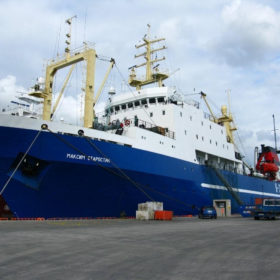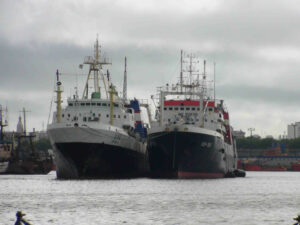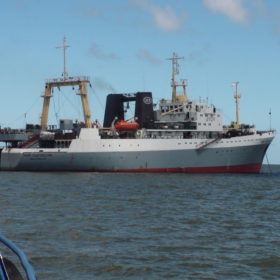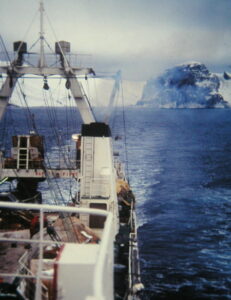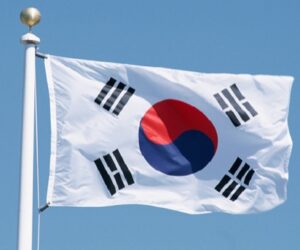
This report comes from ICED (Integrating Climate and Ecosystem Dynamics in the Southern Ocean), BAS (British Antarctic Survey) and WWF (World Wildlife Foundation) workshop on “UNDERSTANDING THE OBJECTIVES FOR KRILL FISHING AND CONSERVATION IN THE SCOTIA SEA AND ANTARCTIC PENINSULA REGION”
This workshop was held at WWF’s Living Planet Centre,Woking, UK on 9th & 10th June 2014.
The workshop explored the krill-based ecosystem and ways for the science, conservation, and fishing industry sectors to work together, primarily agreeing that:
- Current levels of fishing have a low risk of significant impact. To date, annual catch has been a small fraction (<2%) of the estimated biomass in the area open to fishing.
- There is no need to increase catch limits.
- Krill fishery management must include a healthy krill stock and a healthy ecosystem.
- Not being able to define ecosystem states that are desirable or healthy, it reflects the gap in the current available information.
- The need for a clear research and development strategy to support progress in the management of the krill fishery.
- The need for improved communication between the Commission for the Conservation of Antarctic Marine Living Resources (CCAMLR) and its stakeholders.
The current estimate of the krill biomass in this region is 60.3 million tonnes while the catch limit is 6.2 million tonnes (1% of biomass) and annual catches are about 210 000 tons (0.3% of biomass).
Nonetheless, CCAMLR recognises that concentration of catches in sensitive locations could cause undesirable impacts, so it has also imposed local catch limits for four subareas of the area open to fishing.
Full report at Krill Report_FINAL (Biology)

